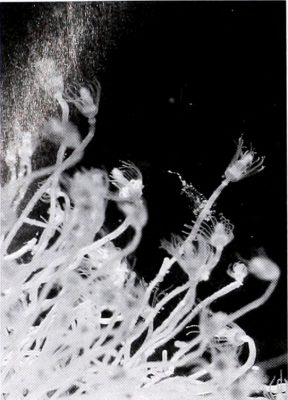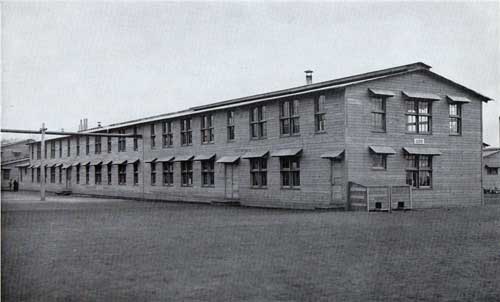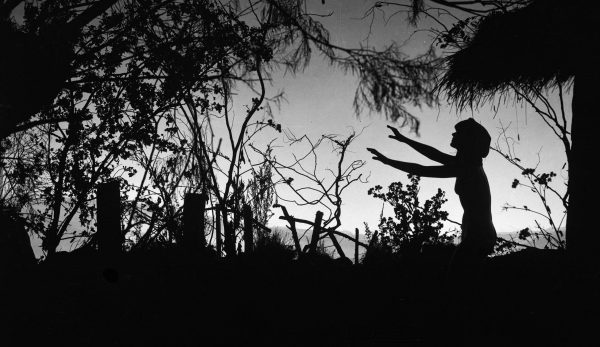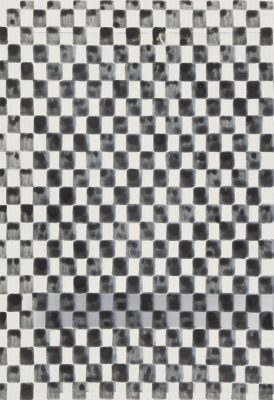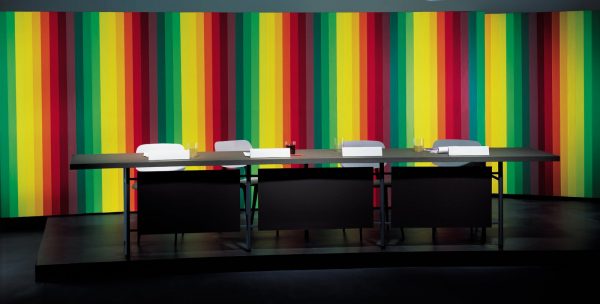Throughout her prolific career as a poet and a translator, Anne Carson has been concerned with combatting what she calls ‘the boredom of storytelling’. As she explained to Michael Silverblatt on stage at an event last year, ‘When your thinking is still, watching TV or whatever, thinking the same thing you’ve always thought, you might as well be dead… Living happens when your thought moves.’ To read Carson is to feel the parameters of poetry, translation and story-making move and unsettle. Or, to borrow a phrase of Carson’s, to watch someone ‘undo the latches’ of ordinary understanding.
Born in Canada in 1950, Carson has created one of the most exciting bodies of work in contemporary poetry. Since the publication of her first book, Eros the Bittersweet, in 1986, Carson’s output has varied in form (translations, a novel in verse, lyric lectures, short talks, fragments, a fictional essay in twenty-nine tangos) and format (chapbooks, pamphlets, paperbacks, boxes). In more recent years, Carson has collaborated with artists, and staged elaborate performances of her work. These can include dancers, or sound art, or video, or sometimes all three.
Carson’s work is characterised by an ability to break open form, to question it, and to see beyond it, even as she uses it. In the pieces she calls ‘Lyric Lectures’, Carson delivers texts informed by deep academic research but enlivened by poetic experiment. Her ‘Short Talks’ are short stories without the story (‘On Gertrude Stein’ about 9:30: ‘How curious. I had no idea! Today has ended.’) In Autobiography of Red, her translation of a long lyric poem by Stesichorus, its two mythic figures Geryon and Herakles are cast as gay teenagers living in modern America. Its sequel, Red Doc>, in which place, character and form have been reshuffled, was a radical challenge to the definition of a sequel. Her newest publication Float is a book that has been freed from order and sequence: a clear box which must be knocked open to release 22 chapbooks.
While Carson is best known for her studies of ancient Greek, a subject she has taught for many years – she has translated many of the major Greek texts, including the poetry of Sappho and the tragedies Agamemnon, Elektra and Orestes – her areas of interest have always been wide, and the connections she makes between subjects are unexpected and revelatory. In ‘Variations of the Right to Remain Silent’, one of the most astonishing pieces in Float, a line is drawn between Joan of Arc, Francis Bacon and Friedrich Hölderlin; a relationship is established between colour and silence.
Yet for work so academically rigorous Carson is unafraid of the confessional mode. A personal voice, plain and frank, is always present in her writing. Autobiography mixes with myth. There is, Carson seems to say, no separation between what we read and who we are. Carson creates a closeness between writer and subject that is so intimate it is as though they are breathing each other in and out. ‘I feel I am turning into Emily Brontë’, Carson writes in ‘The Glass Essay’, a poem that is as much an embodiment of Brontë as it is a critical study.
I interviewed Carson over a period of six months via email. As an interviewee, she was patient, prompt, and unusual. Her emails came in lower case, and I was always addressed by my initials. While Carson responded to some questions with paragraph-long answers, other questions would be answered in a word, or not at all. Sometimes an explanation would follow. ‘that thinking is over,’ read one email, ‘take it somewhere else. remember Catullus.’ The interview was a challenge to the expectation that a writer should explain themselves beyond the words they’ve already written. I began to see the absurdity of the interview form, where a writer is asked to endure our assumptions and validate our interpretations. I thought of the way Carson describes Joan of Arc’s interrogation in Float: ‘They prodded and poked and hemmed her in. Joan despised the line of inquiry and blocked it as long as she could.’
In the end, it was Carson who freed us. The interview was over, I had exhausted all my lines of inquiry, and then an email arrived. Its subject line was: ‘re self study’, followed in the body text by ‘(how it all begins to sound a bit false)’. Below, she had written the final lines of Seamus Heaney’s poem ‘Making Strange’:
… A chaffinch flicked from an ash and next thing
I found myself driving the stranger
through my own country, adept
at dialect, reciting my pride
in all that I knew, that began to make strange
at that same recitation.
